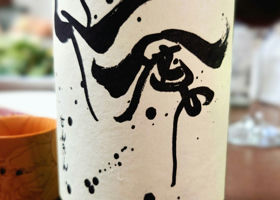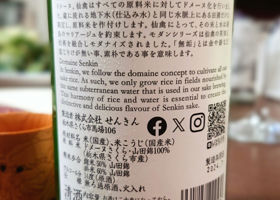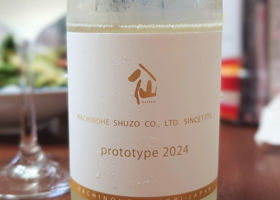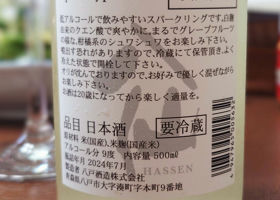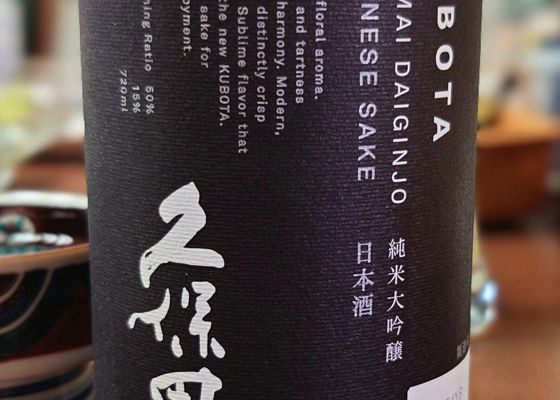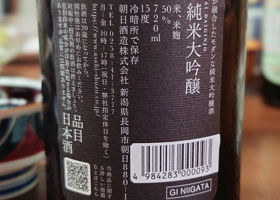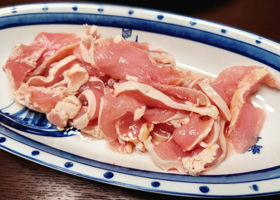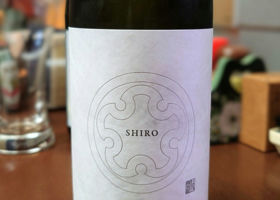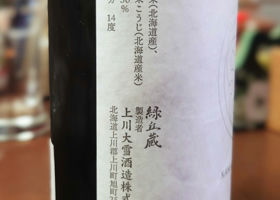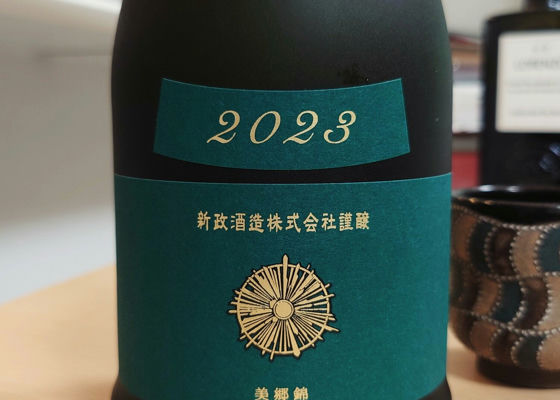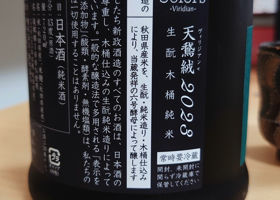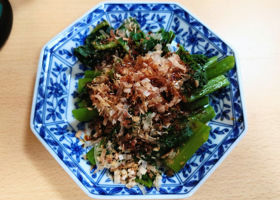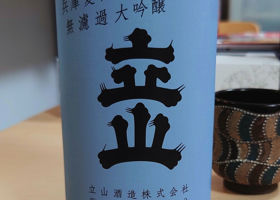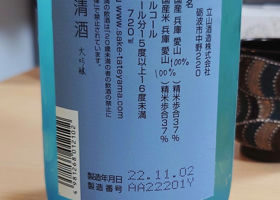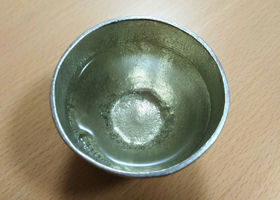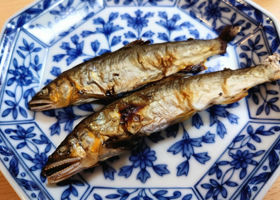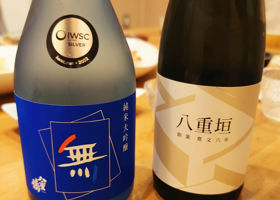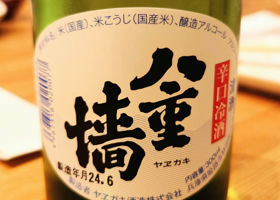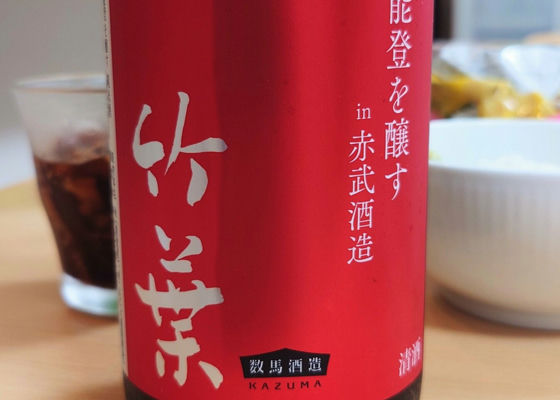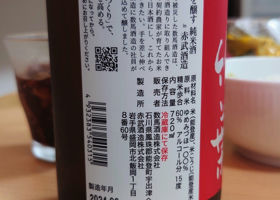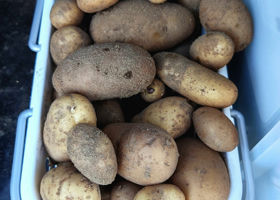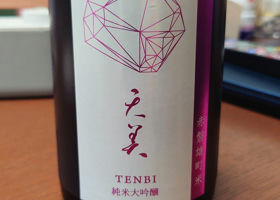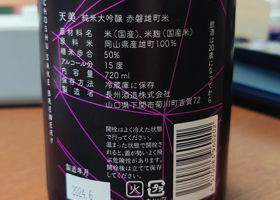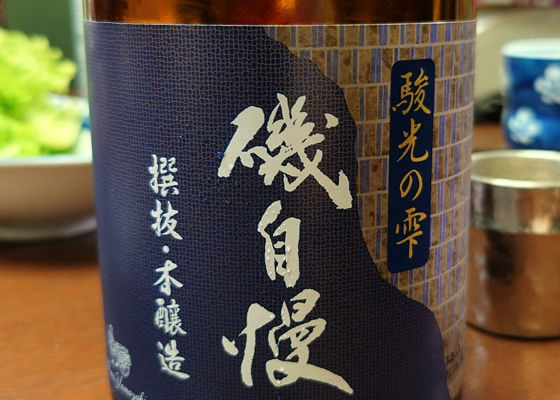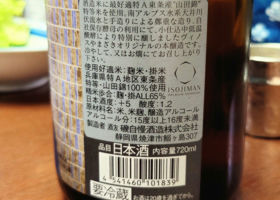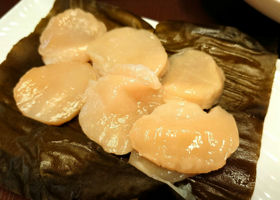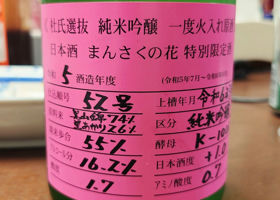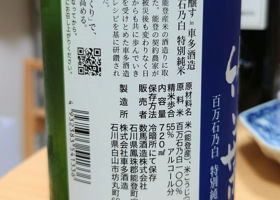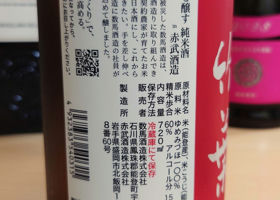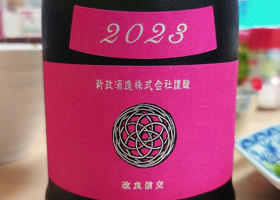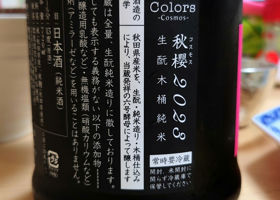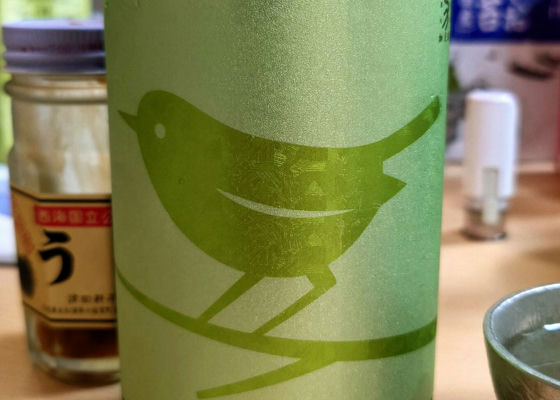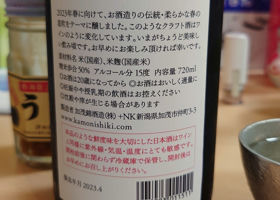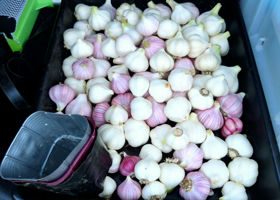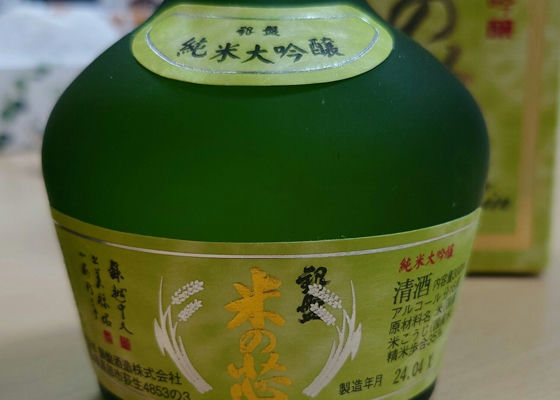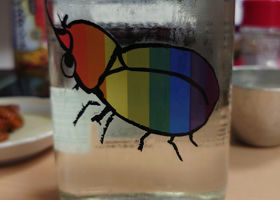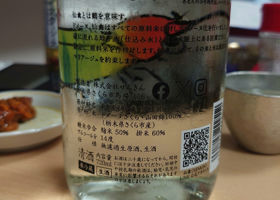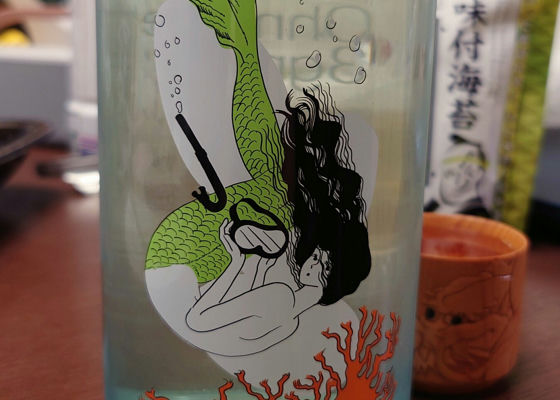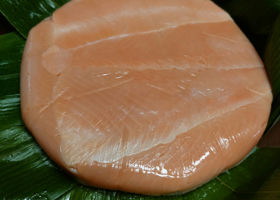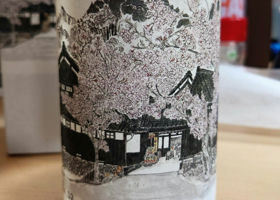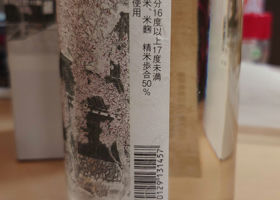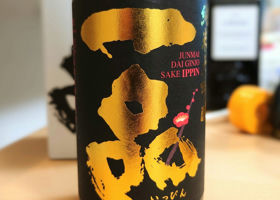
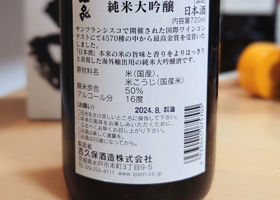
NASUMAN404
Recently, it seems that people in my business circle have come to know that I am a sake lover, and I received another bottle of sake from a teacher I know 😄 (I'm so glad).
I didn't know that this sake is a famous sake from Ibaraki, which is also served at the VIP seats of Dodger Stadium.
If you watch Otani's video on Youtube while drinking this sake, you may already feel like you are in the VIP seats.
The sake has a strong flavor of rice, yet is clean and refreshing, and was awarded the highest gold medal out of 4,570 varieties at a wine competition held in San Francisco.
It is made with 50% polished rice and 16% alcohol by volume.
By the way, it's being served at Dodger Stadium for $90 😳.
Japanese>English
つぶちゃん
Good evening, NASUMAN404 😄.
I can't believe you get this sake 😆✨.
You'd better let them know big time that you like sake 🤭.
We drank it the day we won our district🏆🥂.
It's a delicious sake 😋🇺🇸 high 😳
Japanese>English
NASUMAN404
Good evening, Tsubu-chan: ☺️
It's wonderful that you drank on the day of the district championship! We still have some left over here, so I'm chipping away, hoping to enjoy Otani-san's first October with sake.
Japanese>English
